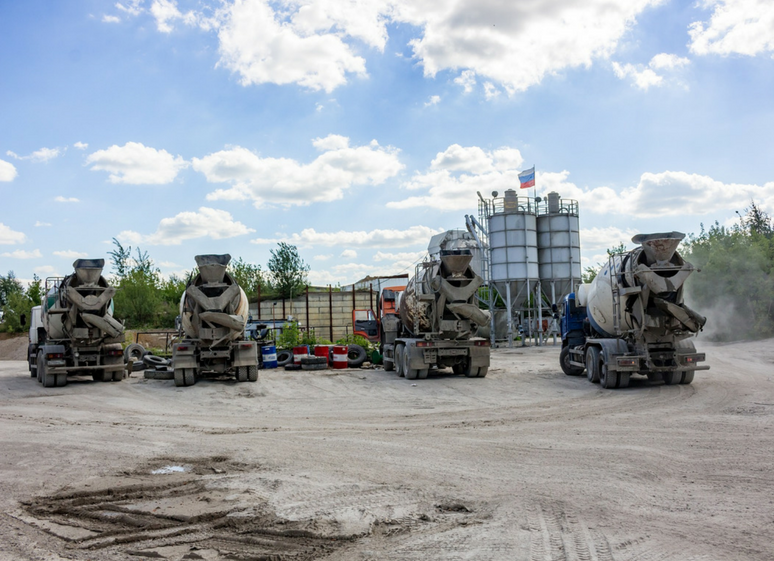The Future of Sustainability: Managing ESG at the Asset Level
The future of sustainability is being shaped by two powerful forces: The growing calls from investors for more specific measures of performance, and the expansion of ESG regulations like the EU’s Corporate Sustainability Reporting Directive (CSRD) and the SEC’s climate disclosure rules.
So the question becomes: How will your company go about tracking and measuring its activities and impacts?
In this article, we’ll look at one method — asset-level management — that is helping companies meet these new demands. We’ll define asset-level management, how it’s different from the way companies measured sustainability performance in the past, and the benefits of managing ESG at the asset level. Let’s dive in.
What is asset-level management?
Asset-level management refers to the practice of monitoring, analyzing, and reporting sustainability information at the source, or “asset level”. It looks at performance for a specific physical asset, such as a vehicle or piece of equipment. This is different from facility-level management, which is concerned with the overall performance of a plant or location, but not directly traceable to an individual asset within the facility.
Until recently, companies had to rely on monthly summaries of environmental metrics — energy consumption, water usage, gas used by company vehicles, waste recycled, and so on — to monitor their performance. In fact, 77% of companies still use monthly utility bills to obtain energy consumption data, according to a survey by Panoramic Power.
While utility bills might be useful for budgeting, they’re not much help for improving ESG performance. Because they only show performance at the facility level, there’s no way to know which processes and pieces of equipment are actually impacting performance. Plus, utility bills and monthly summaries only look at past performance, so you can’t answer questions about current operations. This is where asset-level management comes in.
Benefits of asset-level management
Today, ESG software enables companies to manage their activities and data at the asset level. That capability offers several advantages for companies looking to improve their environmental performance as part of their ESG strategy:
1. Better information = better decisions
One of the ways companies improve ESG performance is simply by monitoring it in greater detail.
Instead of monthly summaries, they’re able to capture huge volumes of data on energy consumption, waste, emissions, and resource usage at the source. With this information, they’re able to discern the impact of each boiler, pump, and piece of equipment.
What’s more, the insights gleaned from that data take the guesswork out of ESG decision-making. Knowing precisely which equipment is using the most energy, for example, helps companies set maintenance and upgrade priorities. With data collected at the asset level, leaders can get answers to questions like:
- Which pieces of equipment use the most energy?
- Which activities contribute most to our carbon footprint?
- Which equipment should we service or replace?
- Which processes should we focus on optimizing?
In short, more granular information helps management make better decisions.
2. See performance in real-time
Another advantage of asset-level management is the ability to see performance in near real-time. As data is collected by continuous emissions monitoring systems, it can be imported into a centralized EHS/ESG software system and analyzed instantly. This enables companies to respond to possible environmental issues and inefficiencies right away, instead of at the end of the reporting period.
Software also offers the ability to set custom thresholds for metrics like energy usage or emissions, and get alerts when these limits are exceeded. And with the power of mobile apps, managers within the company can stay informed about key metrics in real-time from any location.
3. Benchmark and improve ESG across the company
Another advantage of managing at the asset level is the ability to normalize and compare performance across the company. By comparing similar pieces of equipment or similar buildings, leaders can identify best practices that can be replicated and prioritize poor performers. For example, this information can be useful if you want to compare the impact of new equipment versus older, less-efficient models. Or, it could be used to create an energy efficiency competition between similar facilities.
Choosing the right technology for managing ESG at the asset level
When it comes to managing your ESG performance, not all EHS software is created equal. Look for a platform that can handle high volumes of environmental data — something that’s challenging to do, and not all software does it well. Also, look for software that can integrate with IoT devices, like continuous emission monitoring systems. As Internet of Things devices become more common, you want a system that can integrate with any new devices you start using.
Lisam offers an ESG management software to help you track your energy and environmental metrics at the asset level. We help you meet your ESG goals and distinguish your enterprise as an industry leader. To learn more, request a demo of our ESG management software.


